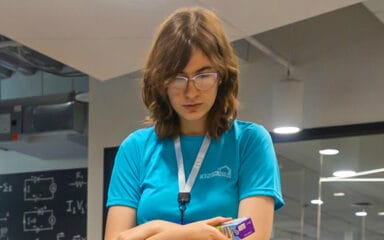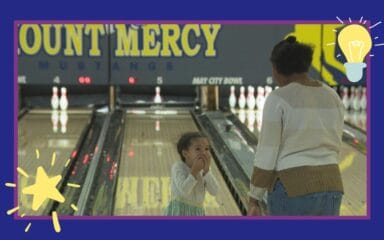Youth Arts Month at IAVA: Where Students Find Their Voice
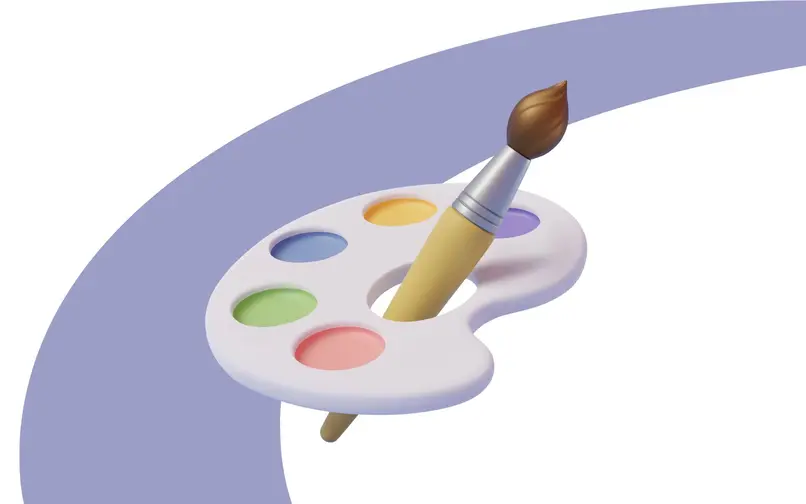
Taylor Honeck remembers how it felt to step into her first year teaching at Iowa Virtual Academy (IAVA). New school. New format. New ways of connecting with students. She was teaching middle and high school students who logged in from across Iowa, each bringing their own background and perspective.
“I wasn’t sure what to expect,” Taylor says. But what she found, over the weeks and months, surprised her. “It’s been amazing to watch them make connections — not just to art, but to other subjects — to history, to science, to each other.”
And during Youth Arts Month, those connections are front and center at IAVA.
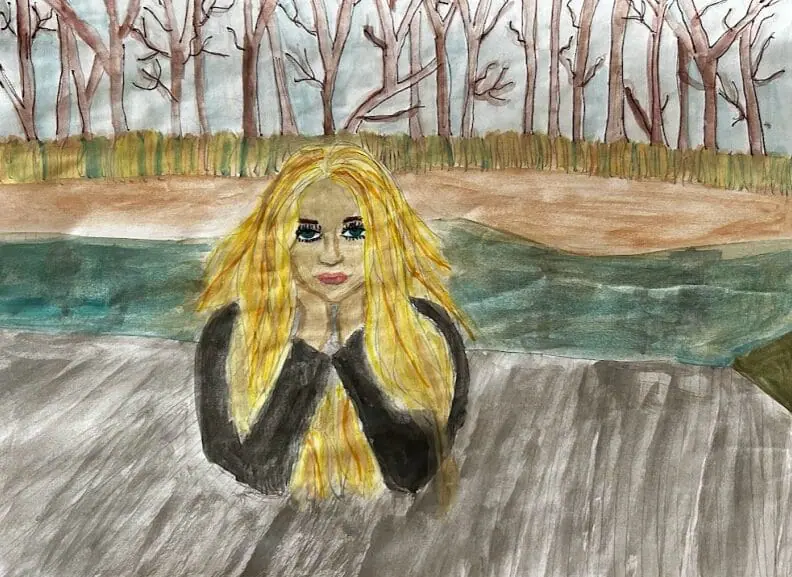
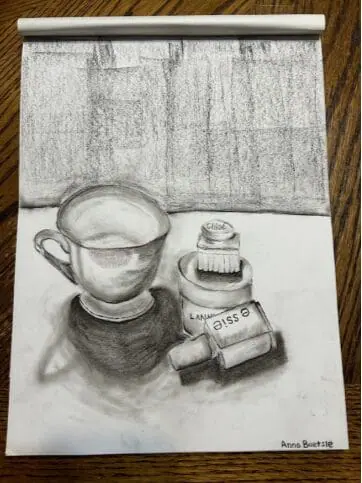
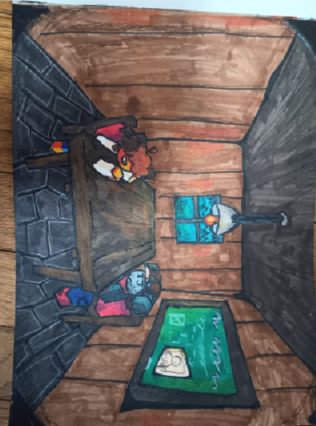
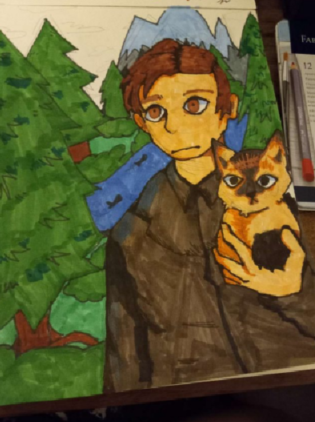
Art created by IAVA students.
Making Art “Click”
Taylor teaches an art curriculum grounded in history. At first glance, it sounds academic. But that’s not how her students experience it. They move from ancient Egypt to the Renaissance, from sculpture to painting — and along the way, they start seeing how art connects to everything else they’re learning.
“There’s math in here. There’s science,” Taylor explains. “It’s interdisciplinary in a way that really clicks for them.”
Her middle schoolers take on optional projects that bring these lessons to life. And even though they aren’t required, many students choose to participate. One project asks them to design their names in Egyptian hieroglyphics. A student who had initially kept quiet brought in an extra resource — something he got from his history teacher — and shared it with the class. “He went all out,” Taylor shares. “And the enthusiasm caught on.”
By the end of that unit, students were trading ideas, sending in their designs and taking real pride in their work.
“They light up when they realize they can do this,” Taylor says. “It’s one of my favorite parts of teaching here.”
The Student Who Found Something New
Taylor talks about one student in particular. At the start of the semester, his mom sent an email. Art wasn’t his thing, she said. He didn’t want to take the class. Why was it required?
Taylor explained art is part of Iowa’s curriculum, but she also tried to convey something more important — art education opens doors. It helps students think in new ways. “He wasn’t thrilled about it,” Taylor remembers. “But he gave it a chance.”
By the second unit, something had shifted. He started sending Taylor his work. He participated more in class. And over time, he became one of her most engaged students. “He was always on top of every project,” Taylor says. “And he started creating on his own, outside of class.”
Even after the semester ended, he stayed in touch — sending Taylor graphics he’d made, including a Valentine’s Day card he designed and sent to several of his IAVA teachers.
“That’s what makes me so proud,” Taylor says. “Seeing a student discover something they enjoy — and knowing they’ll keep doing it.”
Art as Exploration
At the high school level, students take on bigger challenges. In Taylor’s art appreciation class, they act as art historians — researching artists, analyzing works of art and writing papers that explore meaning and context.
At first, Taylor wasn’t sure how they’d respond. “I’m not an English teacher,” she says. “I wasn’t writing papers like this in high school.”
But her students embraced it. Some papers were so thoughtful, they surprised her. One chose Washington Crossing the Delaware as his subject. As part of his research, he found Jacob Lawrence’s version — an abstract reinterpretation that told a very different story. At first, the student was skeptical. But after discussing the historical context and Lawrence’s perspective, he saw it differently.
“He rewrote his paper, and it was completely transformed,” Taylor says. “You could tell he had a new appreciation for it.”
These are the moments Taylor values most — the ones where students expand their thinking and begin to see art as a reflection of many stories, not just their own.
Bringing Art to Life in a Virtual Classroom
Teaching art online presents unique challenges. Taylor doesn’t shy away from that fact. It also creates opportunities to connect in new ways. She’s found creative approaches to make the experience engaging and personal.
She records demonstration videos, styled like short social media clips, to show her students exactly how to approach a project. “They respond to it,” she says. “They feel more confident when they can see each step.”
And when her students have that confidence, their creativity flourishes.
“They’re not just following instructions,” Taylor says. “They’re making it their own.”
Celebrating Youth Arts Month — and What Comes Next
Youth Arts Month at IAVA gives students a chance to celebrate the work they’ve done. It’s a time to highlight their growth, their talent and their willingness to explore.
But for Taylor, the celebration is just one part of a much larger story.
“These students are learning to express themselves in ways they hadn’t before,” she says. “They’re seeing that art is part of their world — and they’re finding their place in it.”
And that, for Taylor, is the best outcome of all.

